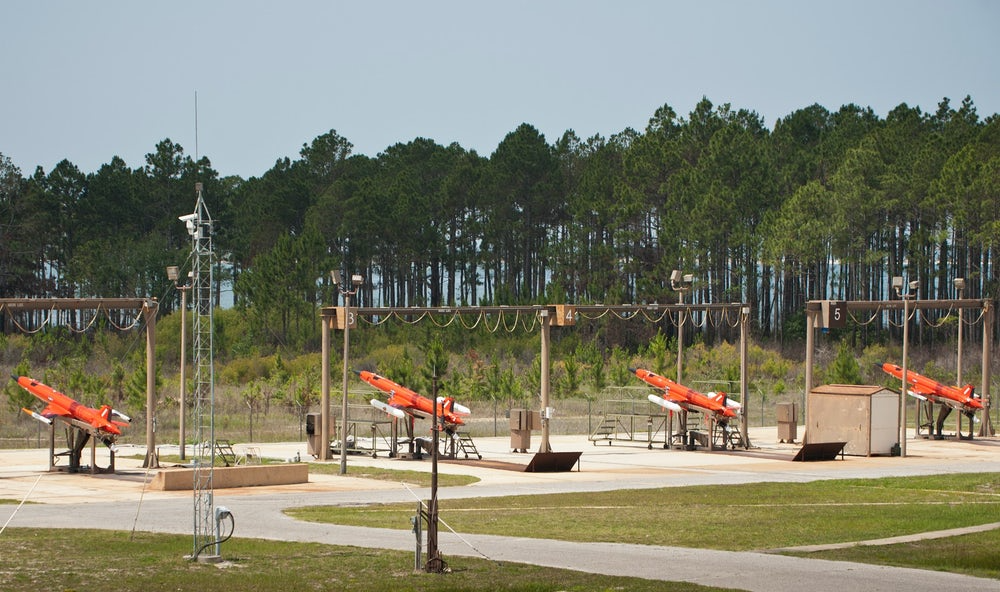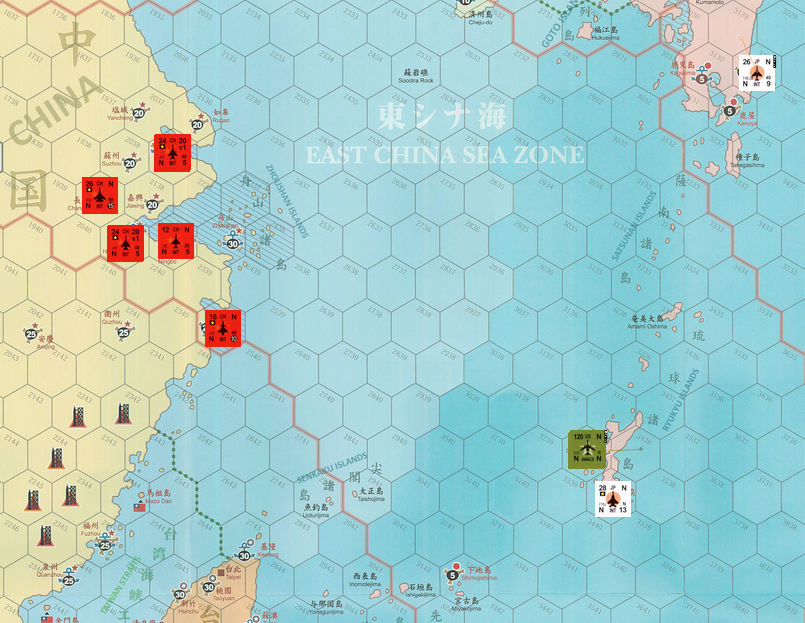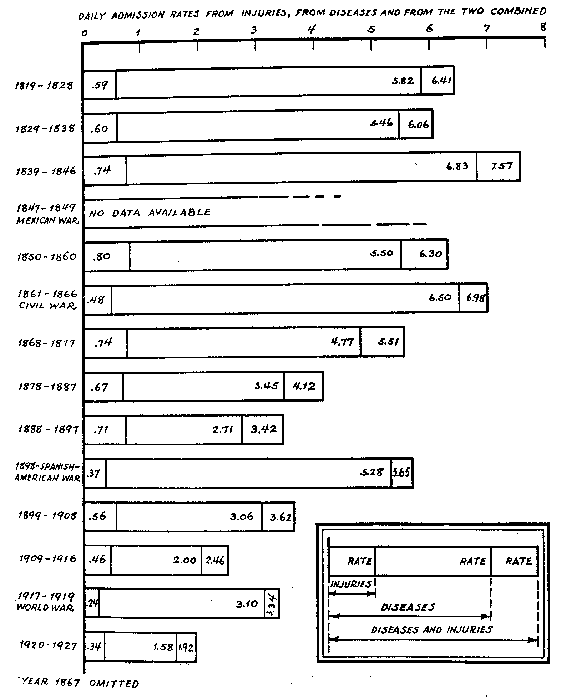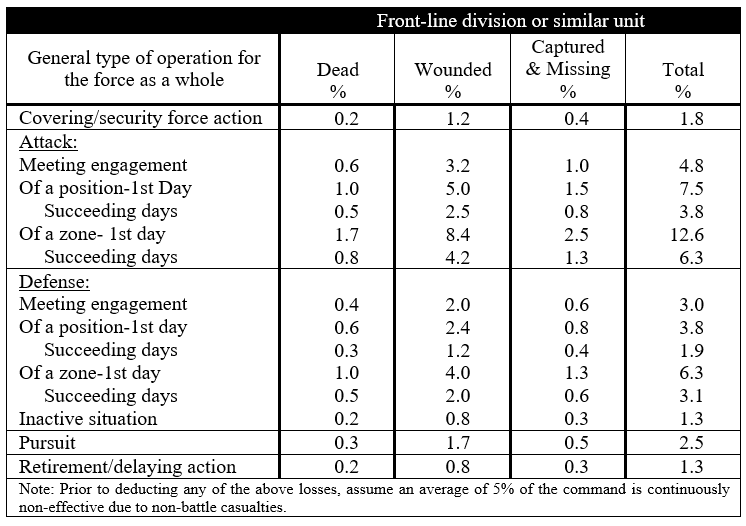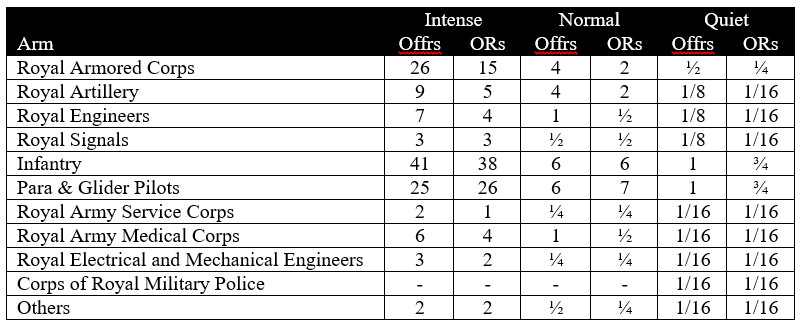The United States has struggled with what to do in Syria. We never had good relations with the dictatorial Assad family. Their civil war started with civil protests on 15 March 2011 as part of the Arab Spring. The protests turned bloody with over a thousand civilian dead (have no idea how accurate this number is) and thousands arrested. It had turned into a full civil war by late July 2011. Our initial response was to remain disengaged.
It is only when Assad used chemical weapons against his own population, similar to Saddam Hussein of Iraq, that we finally considered intervening. President Obama announced a “red line” on 20 August 2012 against the use of chemical weapons. Assad’s forces violated this on 17 October 2012 in Salqin, 23 December 2012 at Al-Bayadah, most notably in 19 March 2013 in Aleppo and in several other locations during March and April, 29 April 2013 in Saraqib and a couple of more incidents in May, 21 August 2013 in Ghouta and several other incidents in August. All attacks used the nerve agent Sarin. Instead of responding militarily, this then turned into a coordinated international effort to eliminate all the Syria chemical weapons, which was done in conjunction with Russia. This was not entirely successful, as repeated later incidences would demonstrate.
In my opinion, the United States should have intervened with considerable force in March 2013 if not before. This would include an significant air campaign, extensive aid to the rebels, and a small number of advisors. This would have certainly entailed some American casualties. Perhaps the overall results would have been no better than Libya (which has also been in civil war from 2011). But, at least with Libya we did got rid of Muammar Gaddafi in October 2011. Gaddafi had most likely organized a terrorist attack against the United States. This was the 1988 Lockerbie bombing of Pan Am Flight 103 which killed 270 people, including 190 Americans (and was most likely conducted in response to Reagan’s 1986 U.S. bombing of Libya).
Still, an intervention in Syria at that point may well have ended Assad’s regime and empowered a moderate Sunni Arab force that could control the government. It may have also forestalled the rise of ISIL. Or it may not have…it is hard to say. But, what happened over the next eight years, with the rise of ISIL, their seizure of Mosul in Iraq, and the extended civil war, was probably close to a worse case scenario. This was a case where an early intervention may have lead to a more favorable result for us. I suspect that our intervention in Libya probably created a more favorable result than if we had not intervened.
The problem in Syria is that Assad represents a minority government of Shiite Arabs. They make up around 13% of the population (largest group are Alawites). This lords over a population of 69-74% Sunni (most are Arabs but it includes Kurds and Turcoman). In the end, given enough decades and enough violence, the majority will eventually rule. It is hard to imagine in this day and age that a minority can continue to rule forever, although Bashir Assad and his father have now ruled over Syria for almost 49 years. Part of what makes that possible is that around 10% of the population of Syria is Christian and 3% Druze. They tend to side with and support the Alawites, as a dominant, non-democratic Sunni rule would be extremely prejudiced against them. Needless to say, something like an Islamic State would be a nightmare scenario for them. So, for all practical purposes, Assad tends to have the support of at least a quarter of the population. From their central position, and armed by Russia, this makes them a significant force.
So, the question becomes, should the United States now disengage from Syria, now that the Islamic States is gone (but as many as 3,000 of their fighters remain)? Right now, we have at least 2,000 troops in and around Syria, with most of them outside of Syria (mostly based with our fellow NATO member Turkey). We have lost a total of two people since this affair started. We are allied with and supporting small moderate Sunni Arab groups and some Kurdish groups (which Turkey is opposed to and sometimes engages in combat). Turkey is supporting some of its own moderate Sunni Arab groups. Also in Syria is the radical Arab groups, Al-Qaeda and of course, the Islamic State (whose leader is still at large) and Al-Nusrah. So, is it time to leave?
What are the possible outcomes if we leave?
- Assad will win the civil war and we will have “peace in our time” (written with irony).
- As the moderate Sunni groups are primarily based in Turkey they may not disappear anytime soon, especially if they are still being given support from Saudi Arabia and other Arab nations, even if the U.S. withdraws support.
- The Kurdish groups are still in Syria and probably not going away soon. They have some support from the Kurds in Iraq.
- Al-Qaeda and ISIL and other radical groups are probably not going away as long as Syria is ruled by the Alawites.
- There is a border with Iraq that facilitates flow of arms and men in both directions.
- The civil war will continue at a low level.
- A pretty likely scenario given the points above.
- Will this allow for the resurgence of radical Islamist groups?
- The civil war will continue at significant intensity for a while.
- Hard to say how long people can maintain a civil war, but the war in Lebanon went on for a while (over 15 years, from 1975 to 1990).
- This will certainly allow for the resurgence of radical Islamist groups.
- We will have a period of relative peace and then there will be a second civil war later.
- The conditions that lead to the first revolt have not been corrected in any manner.
- Syria is still a minority ruled government.
- This could allow for the resurgences of radical Islamist groups.
- There is a political compromise and joint or shared rule.
- I don’t think this was ever on the Assad’s agenda before, and will certainly not be now.
- Assad is overthrown.
- This is extremely unlikely, but one cannot rule out an internal Alawite coup by a leadership with a significantly different view and approach.
- As it is, it does not look like he is going to be defeated militarily any time soon.
So, where does continued U.S. engagement or disengagement help or hinder in these scenarios?
A few related links:
- Map of situation in Syria (have no idea how accurate it is): https://www.aljazeera.com/indepth/interactive/2015/05/syria-country-divided-150529144229467.html
- Comments by Lindsey Graham on Syria: https://www.yahoo.com/news/republican-senator-graham-warns-against-syria-troop-withdrawal-165314872.html
- More Maps: http://www.newsweek.com/russia-says-syria-war-nearly-over-trump-claims-us-leave-very-soon-866770




